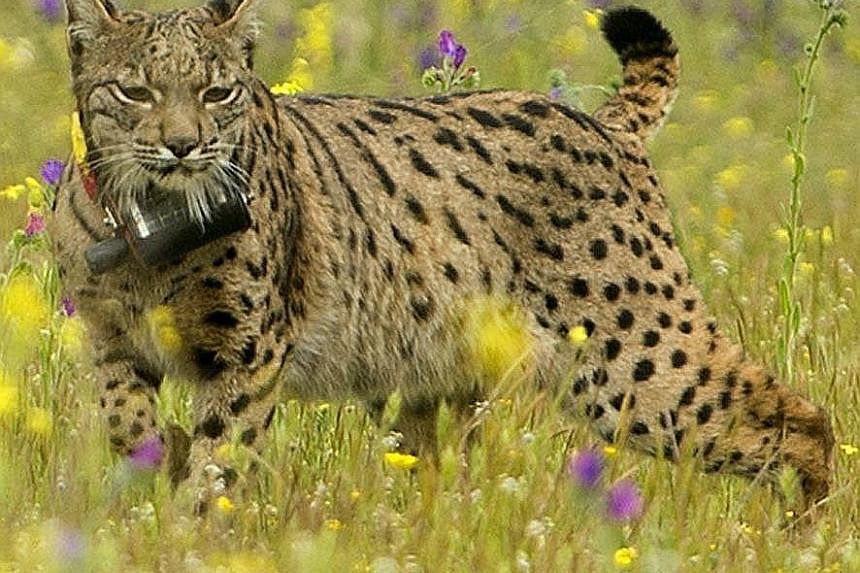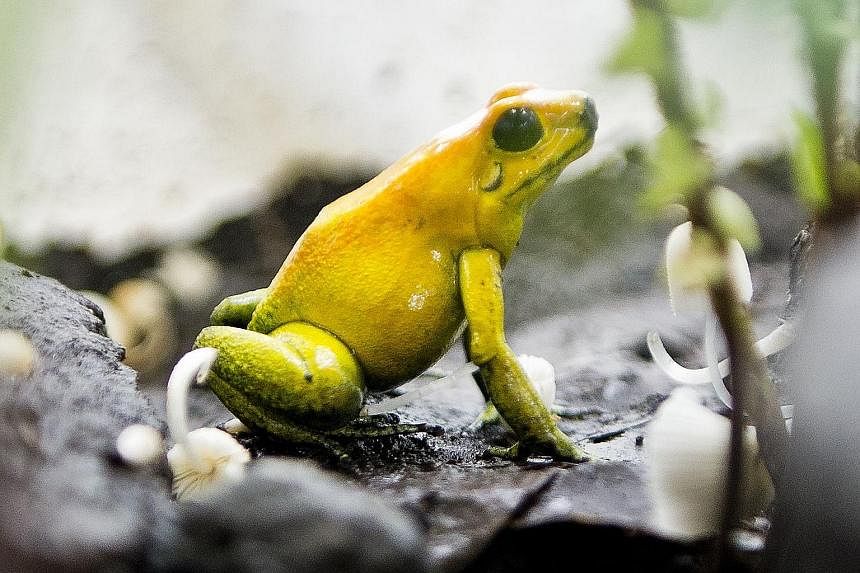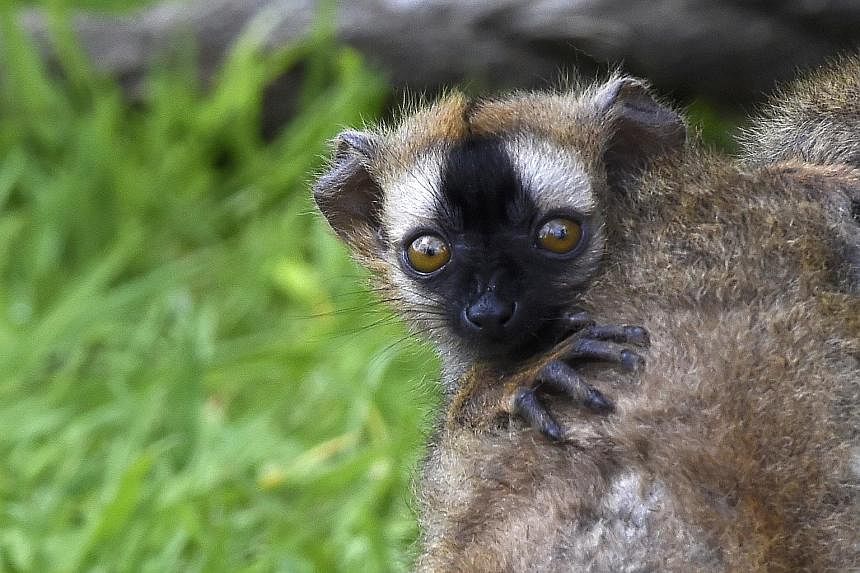Miami - Not since the age of the dinosaurs ended 66 million years ago has the planet been losing species at such a rapid rate, said an international study led by experts from three US universities.
The world is embarking on its sixth mass extinction with animals disappearing about 100 times faster than they used to, the scientists warned on Friday, and humans could be among the first victims.
Pollution, habitat destruction and climate change were all contributing to the rapid increase in species loss, say the authors, led by researchers from Stanford University, Princeton University and the University of California, Berkeley.
"If it is allowed to continue, life would take many millions of years to recover and our species itself would likely disappear early on," said lead author Gerardo Ceballos of the Universidad Autonoma de Mexico.
The authors say their findings, published in the journal Science Advances, likely underestimate the severity of the crisis. The analysis is based on documented extinctions of vertebrates, or animals with internal skeletons such as frogs, reptiles and tigers, from fossil records and other historical data.
The modern rate of species loss was compared to the "natural rates of species disappearance before human activity dominated". It can be difficult to estimate this rate, also known as the background rate, since humans do not know exactly what happened throughout the course of Earth's 4.5 billion year history.
For the study, researchers used a past extinction rate that was twice as high as widely used estimates.
If the past rate was two mammal extinctions per 10,000 species per 100 years, then the "average rate of vertebrate species loss over the last century is up to 114 times higher than it would be without human activity, even when relying on the most conservative estimates of species extinction," said the study.
"We emphasise that our calculations very likely underestimate the severity of the extinction crisis because our aim was to place a realistic lower bound on humanity's impact on biodiversity."
The study "shows without any significant doubt that we are now entering the sixth great mass extinction event", said co-author Paul Ehrlich, a Stanford University professor of biology.
According to the International Union for Conservation of Nature (IUCN), at least 50 animals move closer to extinction every year. About 41 per cent of all amphibian species and 26 per cent of all mammals are threatened with extinction, it says. "There are examples of species all over the world that are essentially the walking dead," Dr Ehrlich said.
The study called for "rapid, greatly intensified efforts to conserve already threatened species, and to alleviate pressures on their populations - notably habitat loss, over-exploitation for economic gain and climate change".
According to the IUCN, Madagascar's lemur species face a struggle to avoid extinction in the wild in the coming years.
The group says 94 per cent of all lemurs are under threat, with more than a fifth of all lemur species classed as "critically endangered" because of large-scale deforestation and hunting.
The study also warns about the growing threat facing bees, whose numbers have plunged in recent years. Bees are crucial for pollination and agricultural production worth billions of dollars a year rely on them. But the authors said that with ecosystems being destroyed, pollination by bees could be lost within three human generations.
According to the BBC, a 2014 report by Stuart Pimm, a biologist and extinction expert at Duke University in North Carolina, also warned mankind was entering a sixth mass extinction event. But Dr Pimm's report said the current rate of extinction was much greater.
In a related study published in April this year, Dr Pimm concluded: "Current extinction rates are 1,000 times higher than natural background rates of extinction and future rates are likely to be 10,000 times higher".
AFP
SURVIVAL AT STAKE
Scientists know of five previous mass extinction events through past geological ages
1. Ordovician-Silurian mass extinction 443 million years ago
The third-largest extinction in Earth's history. During the Ordovician period, most life was in the sea, so it was sea creatures such as trilobites, brachiopods and graptolites that were drastically reduced. About 85 per cent of sea life was wiped out. An ice age has been blamed for the extinctions.
2. Late Devonian mass extinction 359 million years ago
Three-quarters of all species on Earth died out in this event, blamed variously on changes in the sea level, asteroid impacts, climate change and new kinds of plants affecting the soil. Species in the shallow seas were the worst hit, and reefs took a hammering. Only bacteria managed to survive in the oxygen-depleted environment.
3. Permian mass extinction 248 million years ago
Nicknamed The Great Dying as 96 per cent of species died out over millions of years. All life on Earth today is descended from the 4 per cent of species that survived. Many causes have been proposed: asteroid impact, flood basalt eruptions, catastrophic methane release, drop in oxygen levels, sea level changes or a combination of these.
4. Triassic-Jurassic mass extinction 200 million years ago
During the final 18 million years of the Triassic period, there were two or three phases of extinction. Climate change, flood basalt eruptions and an asteroid impact have all been blamed for this loss of life. Roughly half of all the species alive at the time became extinct. Strangely, plants were not so badly affected.
5. Cretaceous-Tertiary mass extinction 66 million years ago
Famed for the death of the dinosaurs, this period killed many other organisms too, including the ammonites and many flowering plants. The final event - a huge asteroid or comet that struck the seabed near the Yucatan Peninsula in Mexico.
Source: BBC



